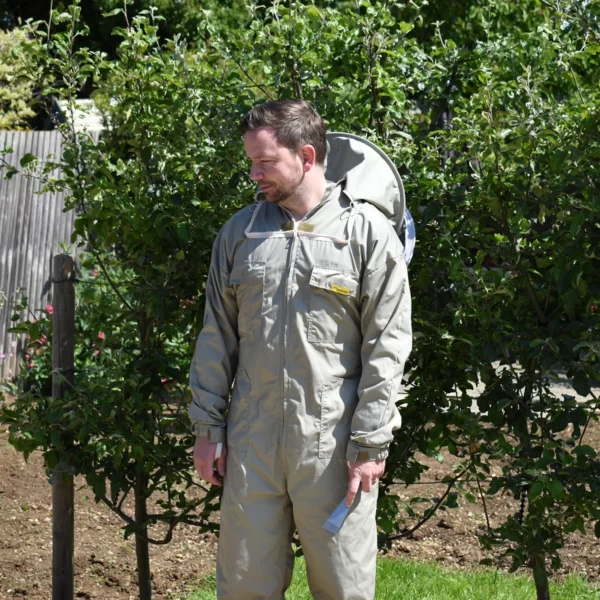
Regenerative farming is of growing importance to increasingly more and more people, personally and professionally, across many different walks of life. This is largely in part due to our growing understanding and appreciation of the impact we’re having on the world around us and a better understanding of what it’s going to take in order to turn it around. After decades of neglect and a lack of appreciation and forethought we’re slowly coming to terms with what we’ve done and the work we have ahead of us.
Carbon neutral is a process of reaching neutrality, breaking even if you like, and it’s why we’re constantly hearing the term alongside sustainability. What we’re taking from our environment we need to putting back in equal measure to avoid exacerbating the issue. But there’s years of environmental damage to consider, we need to start thinking about how we go beyond neutrality and instead start getting back into credit in order to reverse our impact and repair the damage we and past generations have caused. We want to hand over to the next generation having made it a little better. This is the purpose of being regenerative and hence the growing trend of Regenerative Farming.
It’s important to understand that farming of all types is high impact on a number of key areas and challenges that we’re facing across the globe. Challenges such as carbon sequestration, reduced plant diversity, soil health and erosion, water filtration, pollinator and insect impact, mammals, birds and furthermore the health of people and our ability to sustain and feed greater numbers in the future. It is hoped that the answer to these problems will be through better understanding and implementation of regenerative practices. These practices that look to address these issues head on and modify traditional farming concepts and methods that are causing these problems.
The soil is the foundational piece in this story, we’re losing top soil at a phenomenal rate to erosion and our monoculture methods, herbicides, pesticides, miticides, fungicides impact the soil biome considerably. These insects, invertebrates and bacteria are vital for soil health. We’re having to tile our fields (basically plumb them with pipes) to allow for controlled water flow. This is a relatively recent issue and the inability for our soils to hold onto water is resulting in more localised flooding. The lack of healthy insects hits the food chain for birds and mammals. Pollinators become less effective and food yields diminish.
The impacts are surprisingly far reaching, if we don’t adjust then the future is going to be bleak. If we look to put more efforts in protecting our soils and protecting the natural life within our top soils, creating greater plant diversity, rewilding between monoculture farm land we’re then supporting the perfect foundation for building a much stronger future for everyone and the wildlife we share this world with.
Honey bee health is a key concern, primarily for beekeepers, but also because of numerous public awareness campaigns that have embedded the issue at a conscious level, everyone is aware of declining numbers and the numerous stresses our pollinators are facing.
So the answer quite simple … it has everything to do with honey bees. Plant diversity in and of itself is already proven to help bees by providing a much denser and more varied nutritional footprint that aids the natural defences of not just bees, but all pollinators. Improved pollinators means improved pollination, greater crop yields and restoration of the natural food chain for our wildlife.
So what exactly is regenerative bee farming and what can we do? Beekeepers rarely trouble themselves with regenerative farming because on first glance it’s largely considered to be a horticultural issue, we’re not planting fields, digging up soil, or spraying chemicals across acres of monoculture crops so it tends not to take front and centre in our own bee farming minds.
The truth is, we are perhaps better positioned than most to directly engage with helping to improve regenerative practices whilst spreading the word, teaching land owners, farmers and raising awareness with consumers and the next generation by engagement with children through school programs. Regeneration needs to start replacing sustainability and building awareness is central to that. How do we do this? By defining a deeply considered view of what regenerative bee farming means to us an individuals and as a business and then put this view out into the public domain. We then act on it fully and demonstrate those actions.
My business is following a considered adaption of the beegirl.org/beekeeping position, it was designed off the back of the three pillars of sustainable agriculture, merged with Gabe Brown’s five regenerative principles and adapted slightly to bee keepers. Feel free to make use of it and adapt it as you see fit to match your business.
As if there wasn’t already significant reason to start being a regenerative bee farm, on top of everything else it will by far make you much more marketable and off the back of that potentially more profitable, consumers are aligned with this way of thinking more than ever before. By actively doing the right thing you can simultaneously impress your customers by showing them that you’re a beneficial/sustainable/regenerative business entity creating what will naturally be a more superior product. As the practice of bee farming continues on this upward trajectory we can ensure that we stand out from the crowd for simply doing what’s important, what’s right for our countryside, our pollinators and our customers.


